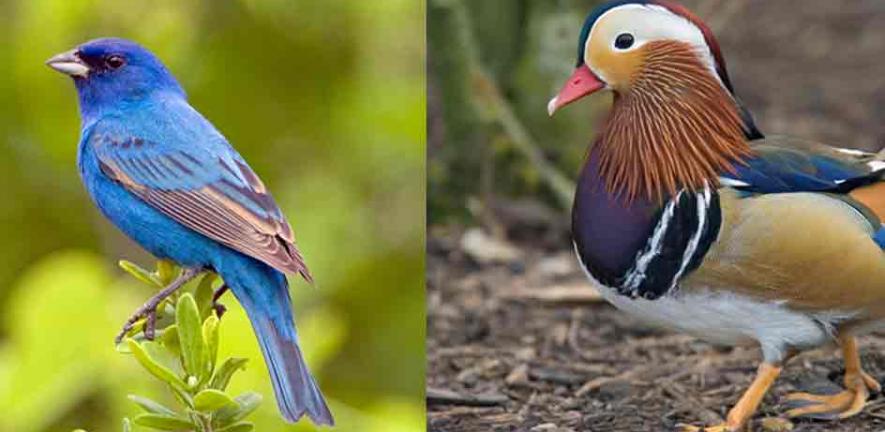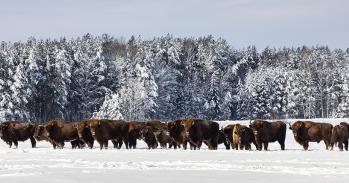
Research reveals plumages exhibit less than a third of possible colours birds can see.
Research reveals plumages exhibit less than a third of possible colours birds can see.
Birds are among the most colourful organisms on the planet. To our human eyes, birds seem to possess almost every colour imaginable – but birds see the world very differently than we do.
Mary Caswell Stoddard of the University of Cambridge’s Department of Zoology
Contrary to our human perception of bird coloration as extraordinarily diverse, a new study reports that bird plumages exhibit only a small fraction (less than a third) of the possible colours birds can observe.
Early lineages of living birds probably produced an even smaller range of colours, but the evolution of innovative pigments and structural (or optical) colours has allowed many birds to create more diverse and colourful plumages over time.
Researchers from the University of Cambridge and Yale University applied a mathematical model of bird vision to estimate the full range – or gamut – of avian plumage coloration and to explore how feather colours changed over the course of evolution.
Mary Caswell Stoddard of the University of Cambridge’s Department of Zoology explained: “Birds are among the most colourful organisms on the planet. To our human eyes, birds seem to possess almost every colour imaginable – but birds see the world very differently than we do.”
Birds have an additional colour cone in their retinas that is sensitive to ultraviolet light, which allows them to see many colours invisible to humans.
Stoddard and co-author Richard Prum of Yale University measured hundreds of plumage colours and analyzed them in a tetrachromatic colour space, which combines raw information about the light feathers reflect with details about the colours birds can see. They found that bird plumage colours fall far short of filling the colour space, leaving vast regions unoccupied.
“Just as a newspaper can only print a fraction of the colours we humans can see, bird feathers can only produce a subset of colours that are theoretically visible to other birds,” said Stoddard. “The intriguing part is thinking about why plumage colours are confined to this subset. Out-of-gamut colours may be impossible to make with available mechanisms, or they may be disadvantageous.”
Over evolutionary time, novel coloration mechanisms have evolved in different groups of birds, allowing their plumages to become more colourful.
Prum stated: “Evolutionary innovations in the form of new pigments and structural colours enabled birds to colonize new areas of avian colour space. In the same way, human clothing was pretty drab before the invention of aniline dyes like mauve, but chemical inventions allowed clothing to become more diverse in colour. Our study documents the history of mechanistic constraints on bird colour diversity.”
Bird plumages may only represent a fraction of bird-visible colours, but how colourful are they compared to other objects in the natural world? For comparison, the researchers analyzed an extensive set of flower colours as seen by birds. They determined that bird feather colours rival the diversity of plant coloration and have achieved some striking colours unattainable by flowers.
“To explore the limits and possibilities of bird coloration is a thrilling venture, and we have much yet to discover,” said Stoddard.
Their findings are reported today, 23 June, in the journal Behavioral Ecology.
This work is licensed under a Creative Commons Licence. If you use this content on your site please link back to this page.





